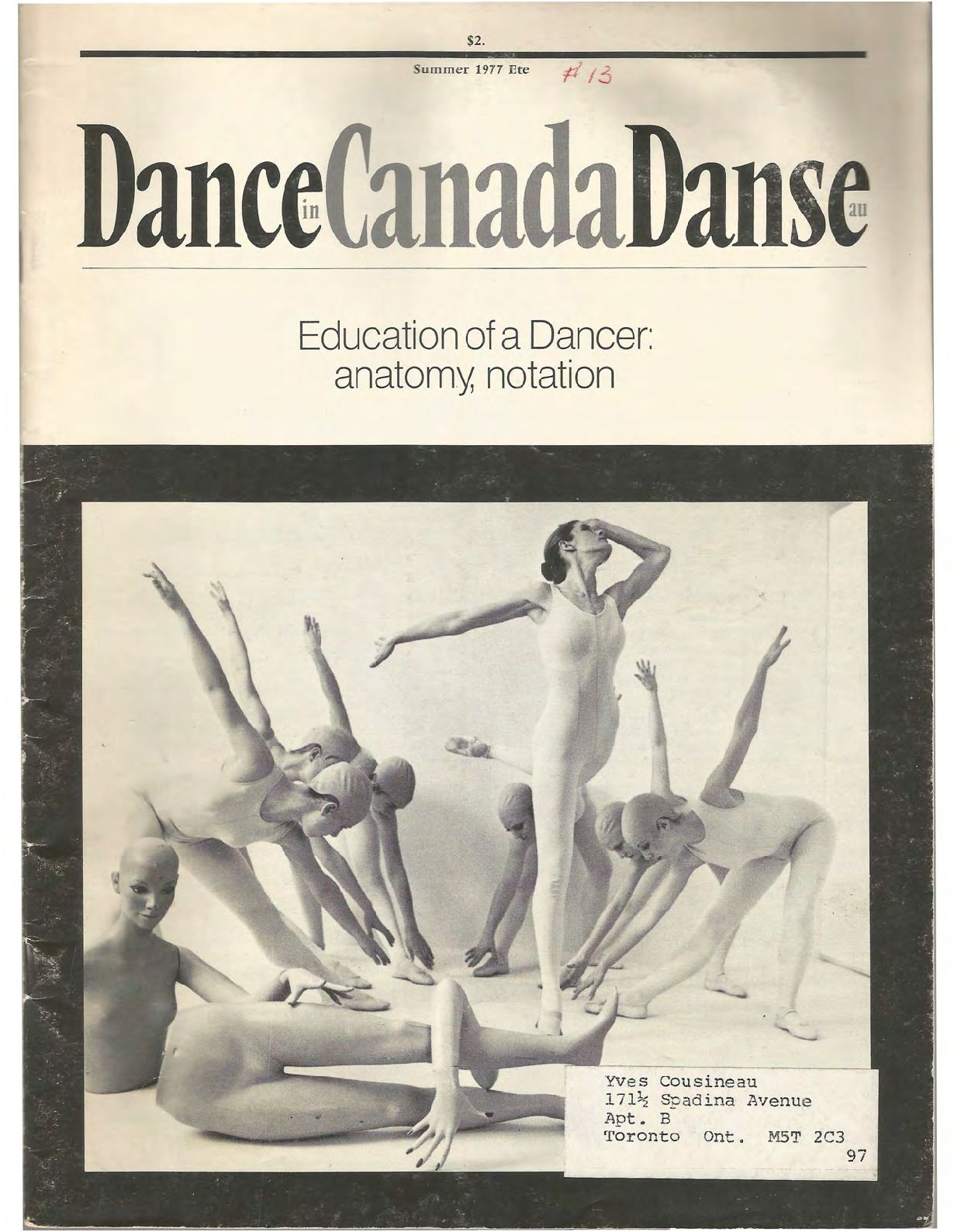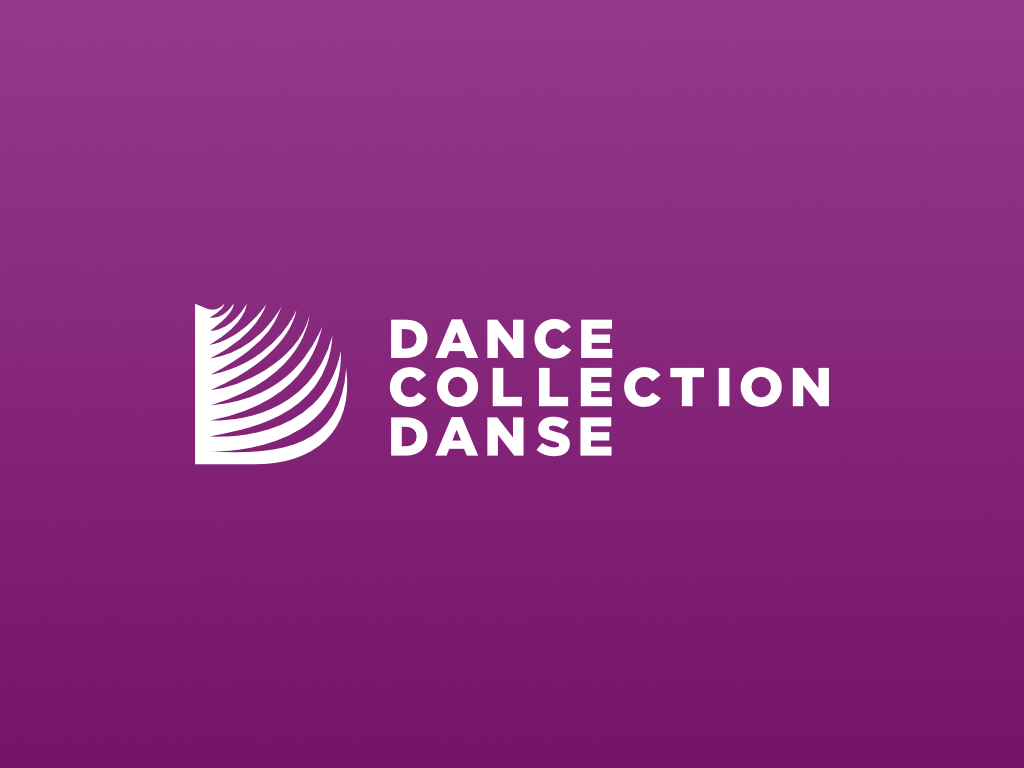Dance in Canada Magazine Number 13, Summer 1977
Added 29th Apr 2021 by Beth Kelly (Collections Manager and Archivist, DCD) / Last update 1st Mar 2022
The description of this Item
Contains the following articles:
- Editorial by Susan Cohen
- The Terminal City Connection by Elizabeth Zimmer
- Training the Dancer I: The Roots of Today by Rhonda Ryman
- The Bournonville Schools by Sondra Lomax
- Profile: Mikhail Berkut by Eileen Thalenberg
- Graham Training Settles in Canada by Graham Jackson
- Letters from the Field
- In Review
- Noticeboard
The collections that this item appears in.
Tag descriptions added by humans
Toronto
Vancouver
Ballet
Terminal City Dance
David Earle
Susan Cohen
Anna Wyman Dance Theatre
Toronto Dance Theatre
Schools
Training
Michael Crabb
Erik Bruhn
Patricia Beatty
Marijan Bayer Dance Company
Anna Blewchamp
Anna Wyman
Elizabeth Zimmer
Judith Marcuse
Entre-Six
Dance History
Grant Strate
Style
Auguste Vestris
Paula Ross
Paula Ross Dancers
La Sylphide
Lise Brunel
Graham Jackson
Lawrence Gradus
Rhonda Ryman
Sondra Lomax
Mikhail Berkut
Eileen Thalenberg
J. Groo Bannerman
Tournesol
Savannah Walling
Doug Gallant
R. Bruce Metcalfe
Anne-Marie Gaston
Marijan Bayer
Vincent Dienne
John Gruen
Donald Himes
Terry Hunter
Karen Jamieson
Karen Rimmer
Ted Kivitt
Cynthia Lyle
Patricia BcBride
Ivan Nagy
Jean-Georges Noverre
Kirsten Ralov
Marie Taglioni
Kei Takei
School of the Toronto Dance Theatre
Martine van Hamel
Violette Verdy
Echoes
Momentum
Apassionata
Poem of Man
Konservatoriet
En Mouvement
Toccata
Babar
Old Man Coyote and Creation
Generation
Apart
A Diary
Trips
Klangenfort
Deflections
Quicksilver
Sixes and Sevens
Tremolo
Two People
Costume
Culture Shock
Eurythmics
Benesch Notation
Labonotation
Stretching
Strength
Technique
Graham Technique
Bournonville Technique
Tubular Bells
Workshops
Eighteenth Century Dance
Sandra Caverly
Paris
Description of the objects in this Item
01/07/1977
Magazine
Dance in Canada Magazine Number 13, Summer 1977
Dance Collection Danse
DCD's accession number for this Item. It is the unique identifier.
Auto-generated content
Tag descriptions added automatically
Auto-generated identification of objects in this Item
An autogenerated description of this Item
Auto-generated number of faces in the Item

